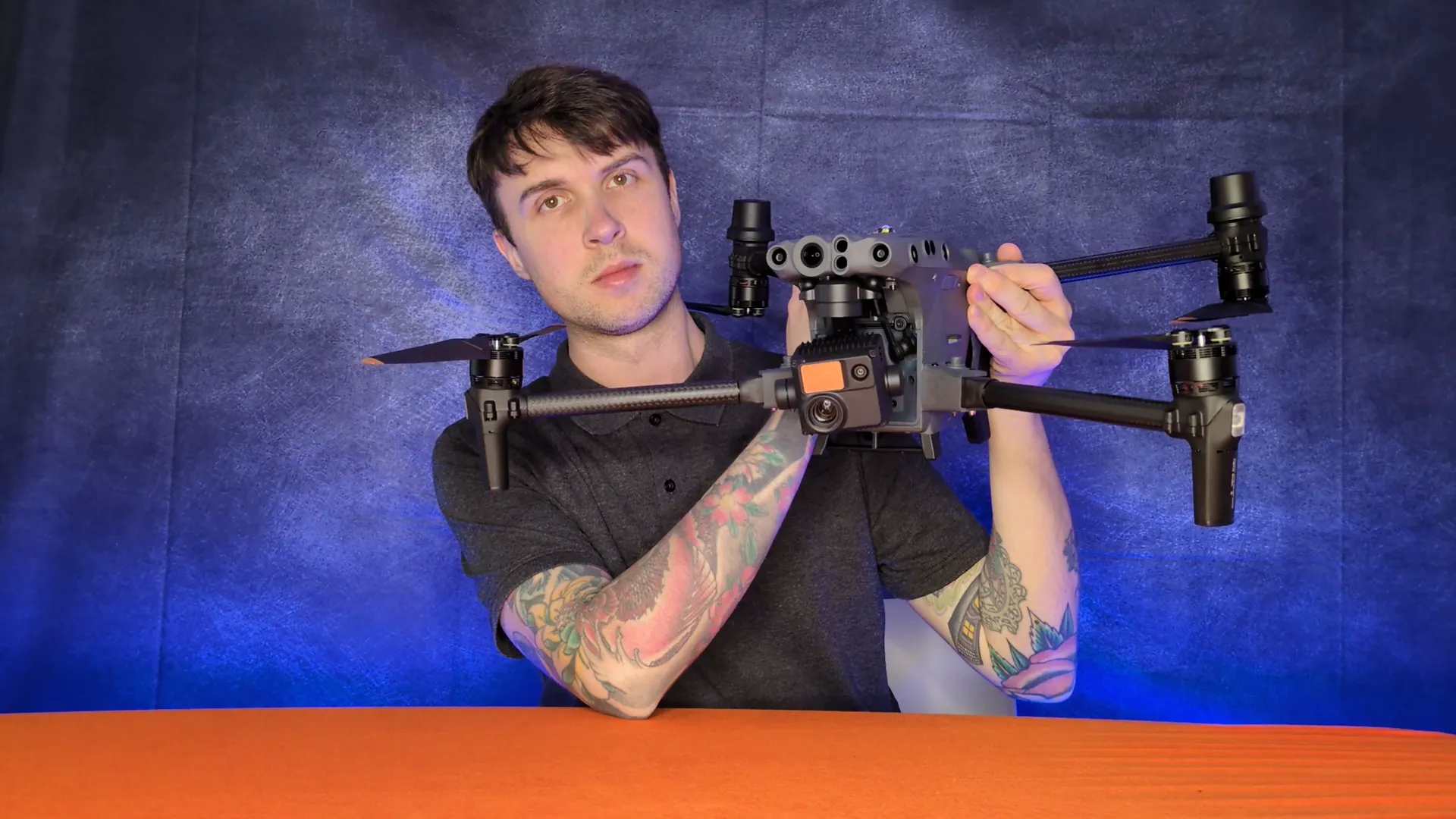
When you fly a drone, you're almost always required to maintain VLOS, or Visual Line of Sight. This sounds simple, but it's more than just being able to see your drone.
The rule dictates how you must see it and why it's a pillar of aviation safety.
Grasping the details is key, especially as you encounter terms like BVLOS and EVLOS that define the future of drone operations.
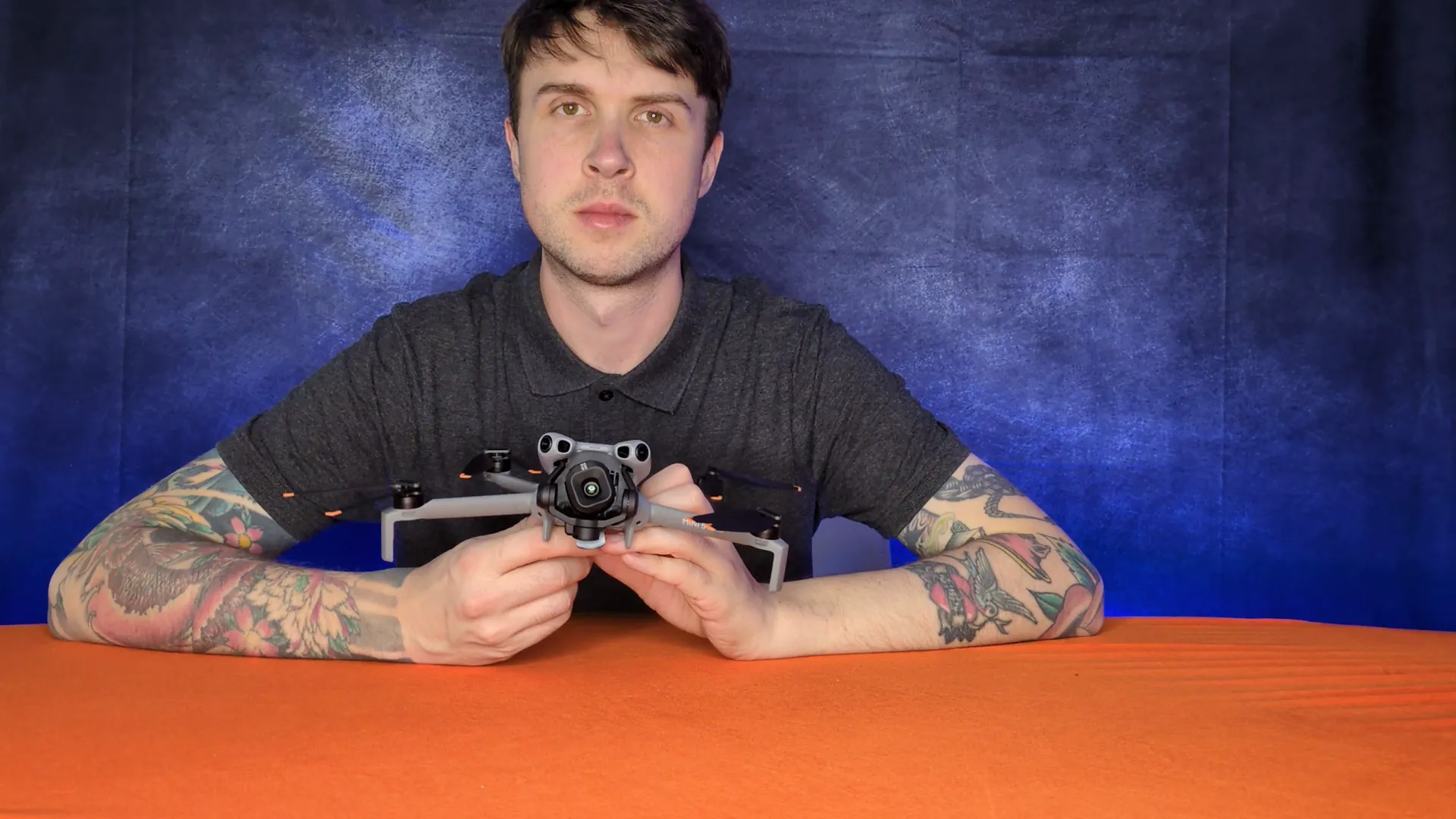
30 Second Summary
- VLOS requires the pilot to keep the drone within their direct, unaided sight throughout the entire flight.
- Pilots must visually determine the drone's orientation, not just rely on controller screens or telemetry data.
- The typical VLOS range is about 1,640 feet (500 meters), varying with eyesight, weather, and drone visibility.
- It is a critical safety rule designed to prevent collisions with aircraft, buildings, trees, and other hazards.
- Unlike BVLOS, it prohibits flying beyond what you can see, which would require using cameras for navigation.
What Is Drone VLOS (Visual Line of Sight)
A core principle of drone flight, Visual Line of Sight (VLOS) dictates that you must keep the drone within your direct, unaided sight for the entire flight. This isn't just a suggestion; it’s a fundamental rule for safe operation.
"Unaided" means you can't rely on binoculars, telescopes, or even your drone's first-person view (FPV) camera to satisfy the requirement. Your own eyes must be able to see the drone.
Why is this so critical? By maintaining VLOS, you're constantly aware of your drone's position, its orientation, and the airspace around it. You can see and avoid potential hazards like trees, buildings, or other drones in real-time.
This direct visual link ensures you can react instantly to prevent collisions or loss of control, safeguarding people and property on the ground. It’s your primary tool for situational awareness from takeoff to landing.
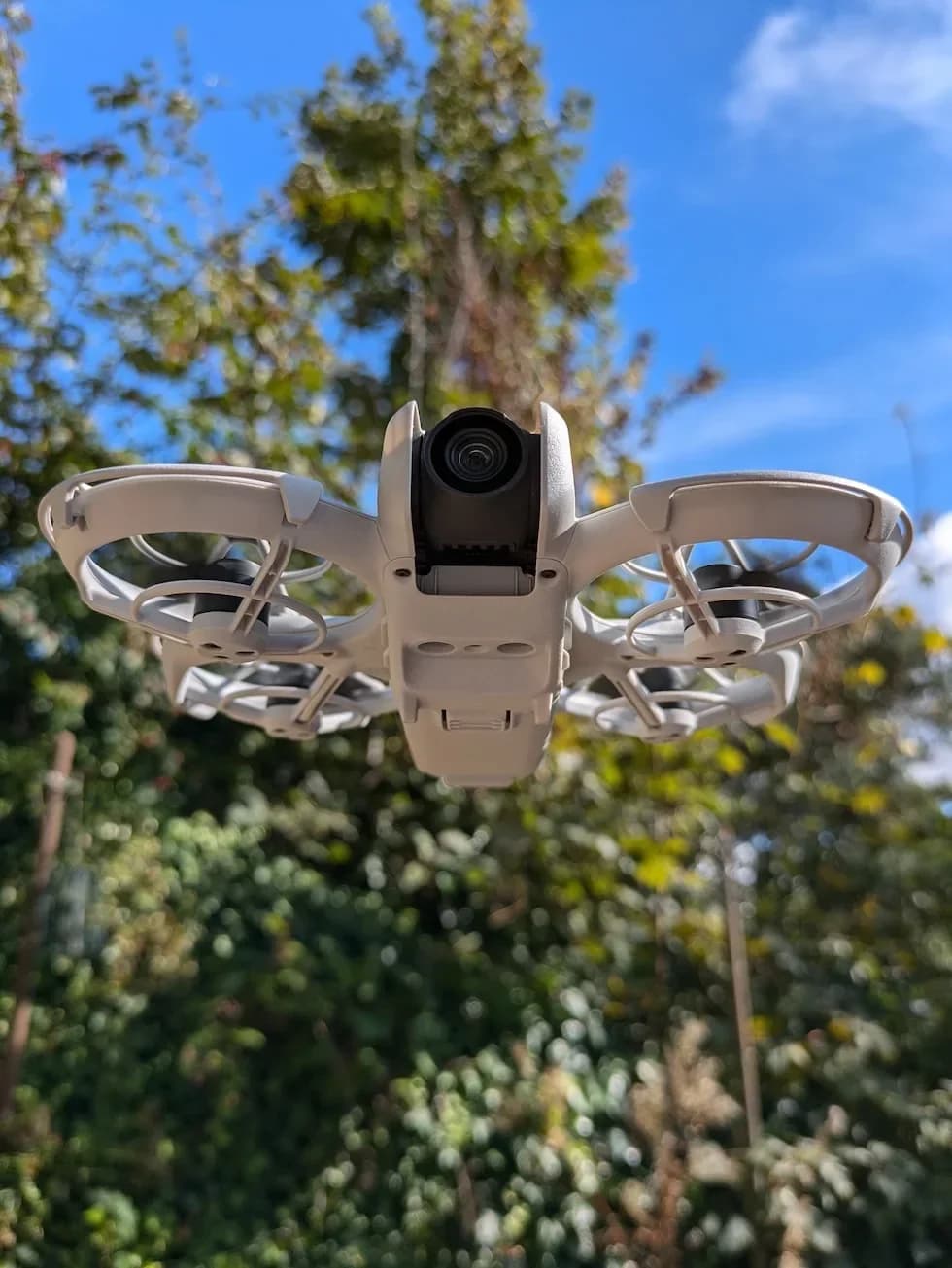
What Drone VLOS Means in Practice
Putting the VLOS rule into practice means you're doing more than just watching a dot in the sky. It demands that you can visually determine your drone's orientation at all times.
This isn't just about seeing the drone; you must be able to tell which way it's facing and its flight attitude with your own eyes. Relying solely on your controller's screen or telemetry data for orientation is unacceptable. If you can't tell its direction of travel or if it's banking just by looking at it, you're not maintaining true VLOS.
This active observation is your core responsibility. You're required to use your natural eyesight, aided only by corrective lenses, to control the drone’s flight path. You must constantly maintain awareness of its location, scan the surrounding airspace for potential hazards like birds or other drones, and ensure your drone doesn't pose a danger to people or property.
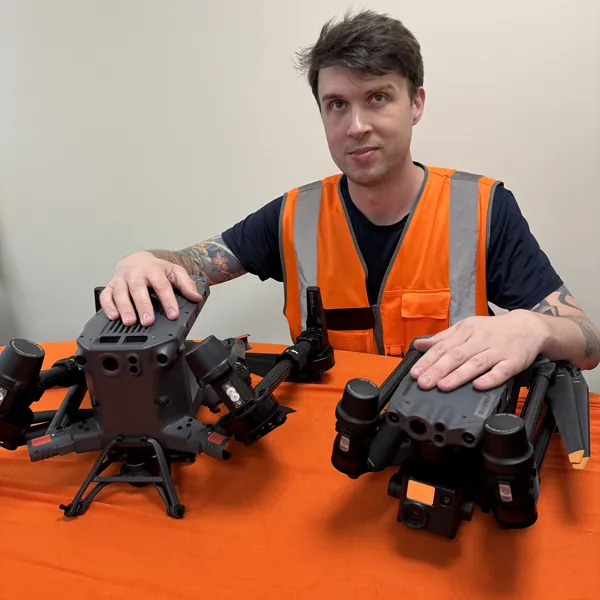
Typical Drone VLOS Distance
Although the typical VLOS range is around 500 meters (1,640 feet), or roughly one-third of a mile, this isn't a fixed distance you can always expect. Numerous factors directly influence how far you can actually see and orient your drone unaided.
Your own eyesight capability plays a significant role, as do the prevailing weather and lighting conditions. You'll find your effective VLOS distance is much shorter in fog or with intense sun glare than on a perfectly clear day.
The drone's physical characteristics are also critical. You can track a larger, brightly coloured drone with navigation lights much further than a small, dark one. The visual backdrop is equally important; a drone is harder to see against cluttered terrain than a clear blue sky. You must constantly assess all these variables, including any potential obstacles, to determine your true VLOS distance for every single flight.
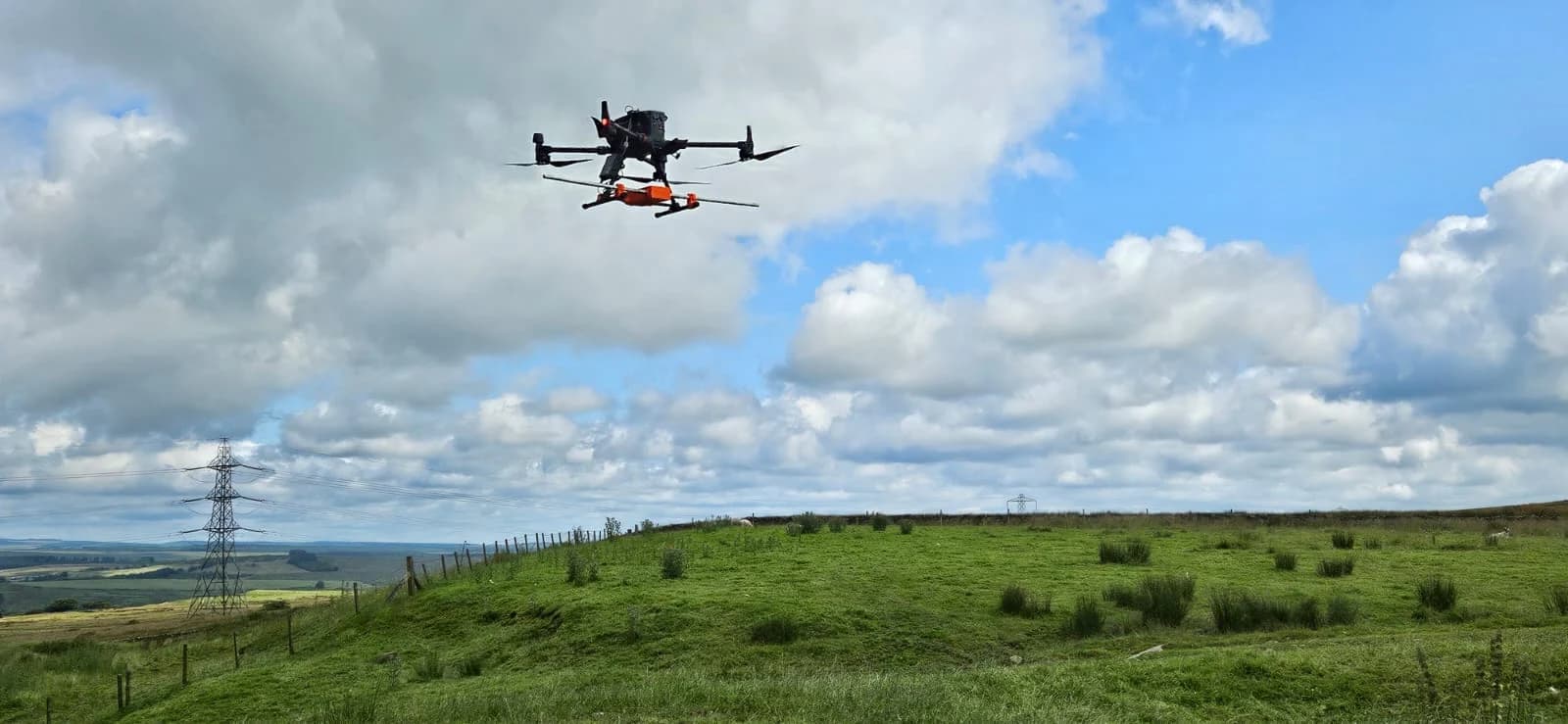
Why Visual Line of Sight Matters
Maintaining visual line of sight isn't just a suggestion; it's a critical safety requirement under regulations like the UK's (EU) 2019/947 for standard drone operations. This rule exists because keeping your eyes on the drone is the most effective way to ensure you have complete situational awareness. When you see your drone, you’re constantly aware of its position and orientation in relation to its surroundings, allowing you to identify and react to hazards immediately.
This direct visual link is your best defense against collisions, enabling you to swiftly avoid other drones, buildings, trees, or anything unexpected. It guarantees you can keep the drone under proper control throughout its flight.
Your effective operational range is therefore defined by how far you can clearly see, not by your controller's maximum transmission distance. This principle prioritizes safety over technical capability, ensuring you can always bring your drone home safely.
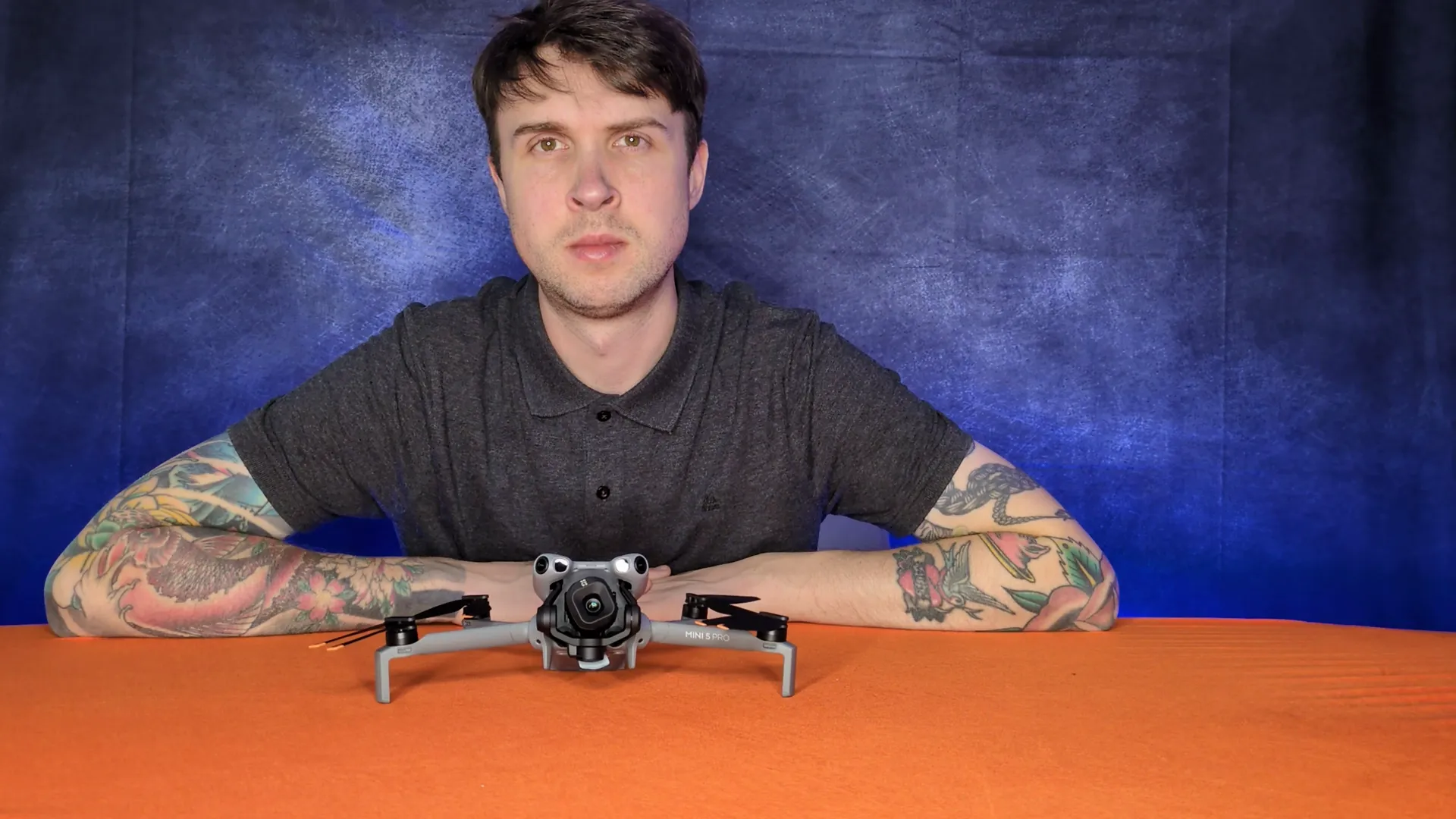
How does VLOS differ from BVLOS and EVLOS
While VLOS requires you to keep the drone in sight, two other operational categories push your flight's boundaries. First, there's BVLOS, or Beyond Visual Line of Sight.
In BVLOS operations, you're flying the drone so far away that you literally can't see it. You must rely entirely on the drone's cameras and instrumentation to navigate safely. Flying BVLOS isn't standard; it demands special waivers and advanced technology because the risks are significantly higher.
Then you have EVLOS, or Extended Visual Line of Sight. This is a team effort. While you, the drone operator, might lose direct sight, you'll use one or more trained visual observers. These observers are strategically placed along the flight path to keep the drone in their sight and constantly report its status back to you. This greatly extends your operational range past your own vision, acting as a bridge between VLOS and BVLOS.
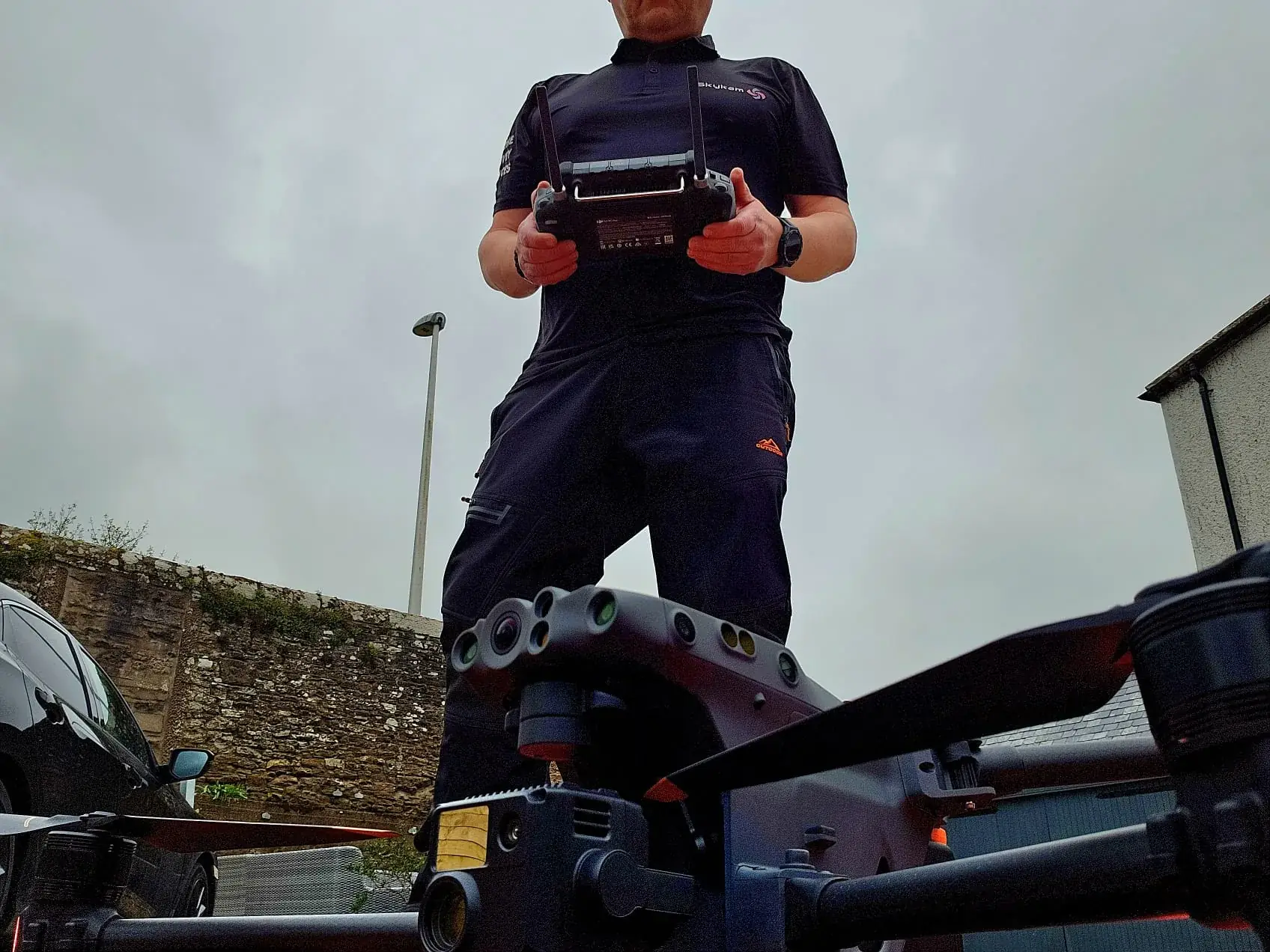
Frequently Asked Questions
Do FPV Goggles Count as Visual Line of Sight?
No, your FPV goggles don't count as true visual line of sight. When you're using them, you're looking through the drone's camera, not at the drone itself. This is called first-person view, not VLOS. To fly compliantly with goggles in most places, you’ll need a visual observer standing beside you. They must maintain unaided sight of the drone at all times and communicate any potential hazards directly to you.
What if I Momentarily Lose Sight of My Drone?
When you momentarily lose sight of your drone, you're technically breaking the rules, even if it's brief. You must immediately take steps to visually reacquire it without solely relying on your video feed. Losing direct sight means you can't see or avoid potential hazards like other drones, birds, or people. You're responsible for maintaining this unaided visual contact at all times, so you need to find your drone with your eyes immediately.
Are There Different VLOS Rules for Flying at Night?
Yes, flying at night has its own rules. You'll need to equip your drone with anti-collision lights that are visible from a sufficient distance to ensure safety. These lights aren't just for others to see; they're critical for you to maintain visual contact and track the drone's position and orientation. Before you fly after sunset, you must also complete specific training covering night operations, ensuring you're flying both safely and legally.
Can I Wear My Glasses or Contacts for VLOS?
Yes, you absolutely can and should wear your glasses or contacts. The CAA doesn't view them as a prohibited visual aid like binoculars. Instead, they’re a corrective measure that brings your vision to the necessary standard. The rule requires you to see the drone with your own eyes—and prescription lenses simply achieve that. So as long as you can clearly track your drone’s location and orientation, you're operating safely and legally.
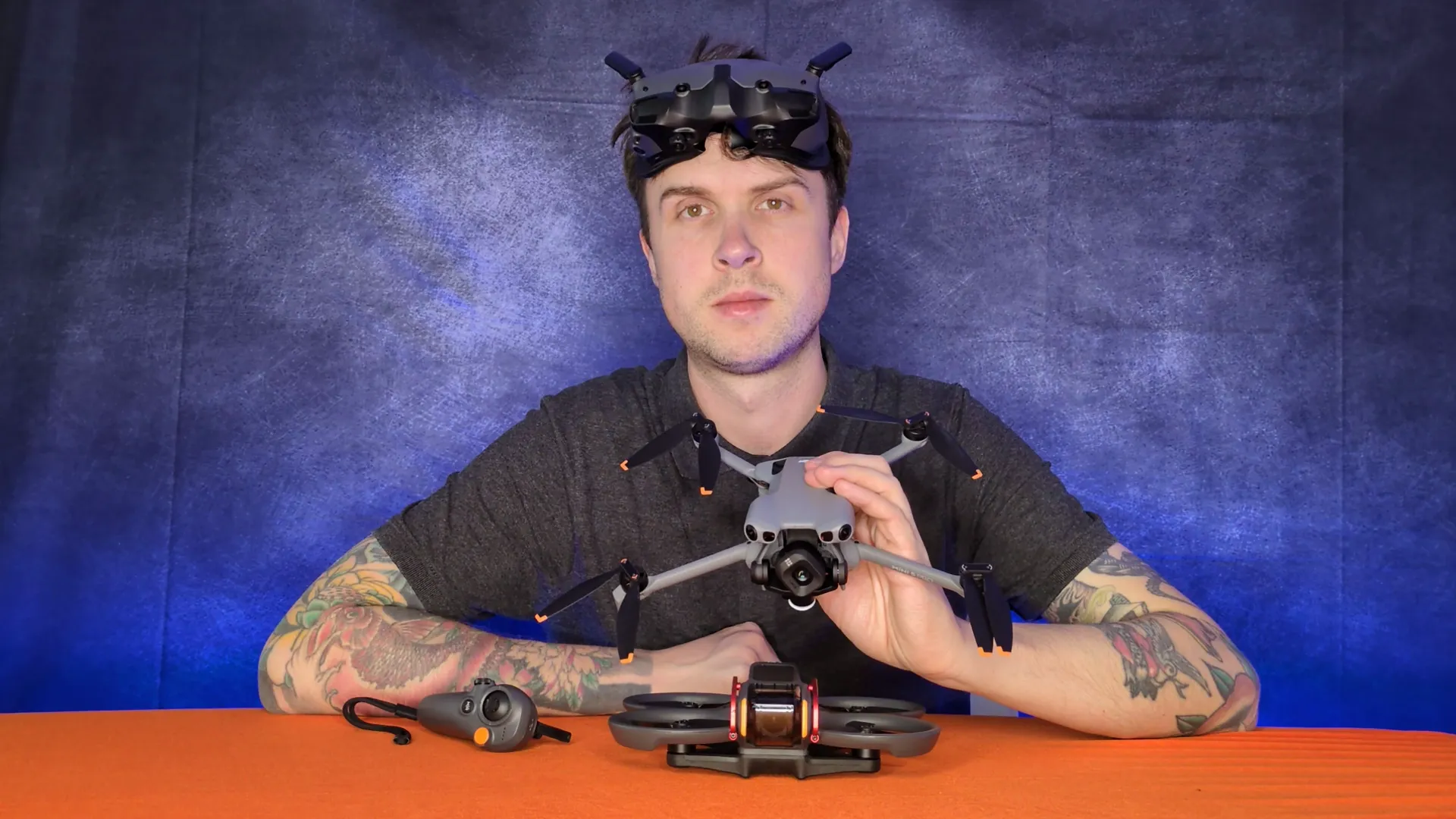
Do All Countries Have the Same VLOS Regulations?
No, all countries don't have the same regulations. You'll find that policies vary significantly from one nation to another. What's legal in one country may be prohibited in the next. These differences can include maximum distance, weather conditions, or even the time of day you're allowed to fly. It's your responsibility to research and understand the specific rules set by the local aviation authority before you operate your drone anywhere new.
Ensure VLOS Compliance with a Professional Drone Pilot
Maintaining VLOS is a non-negotiable legal and safety requirement for standard drone operations in the UK. It demands that a drone operator keeps the drone in their direct sight at all times, ensuring they can avoid hazards and maintain total control. Navigating these crucial rules is paramount for any commercial project.
HireDronePilot solves this challenge by connecting businesses with verified professional drone pilots for hire, all of whom are experts in CAA regulations and safe flight practices. Our network offers drone pilots with the specific certifications and experience needed for your unique project.
As the UK's premier managed marketplace, we streamline professional drone services through competitive bidding, ensuring quality, compliance, and value for every aerial project across the United Kingdom. For peace of mind and guaranteed regulatory adherence on your next aerial survey, inspection, or creative shoot, explore our network of professional UK drone pilots.
Don't risk non-compliance; hire a CAA-approved drone pilot today and ensure your project is completed safely and legally.
About the Author

Written by
Peter Leslie
Peter Leslie is a CAA-approved commercial drone pilot with 10+ years experience and over 10,000 flight hours. He holds the GVC and A2 CofC drone licences with full CAA Operational Authorisation. Peter is a member of ARPAS-UK, the UK's non-profit trade association for the drone industry. He founded HireDronePilot to connect UK businesses with qualified, insured drone operators.
Looking for More Drone Work?
Join the UK's leading network of professional drone pilots and grow your business.
Open Access
Bid on any job - all jobs open to all pilots
Grow Revenue
Access high-value commercial projects
Stay Busy
Fill your schedule with regular work
Related Articles

Our Drone Survey Service In Stirling, Scotland
Bringing you Stirling drone survey data from areas no one else can fly.

How Much Does A Drone LiDAR Survey Cost
Forecasting your drone LiDAR survey cost requires understanding what's hidden beyond the initial quote.

Step By Step Process Of Drone LiDAR Survey
Next, discover the crucial post-flight steps that determine your survey's success.
